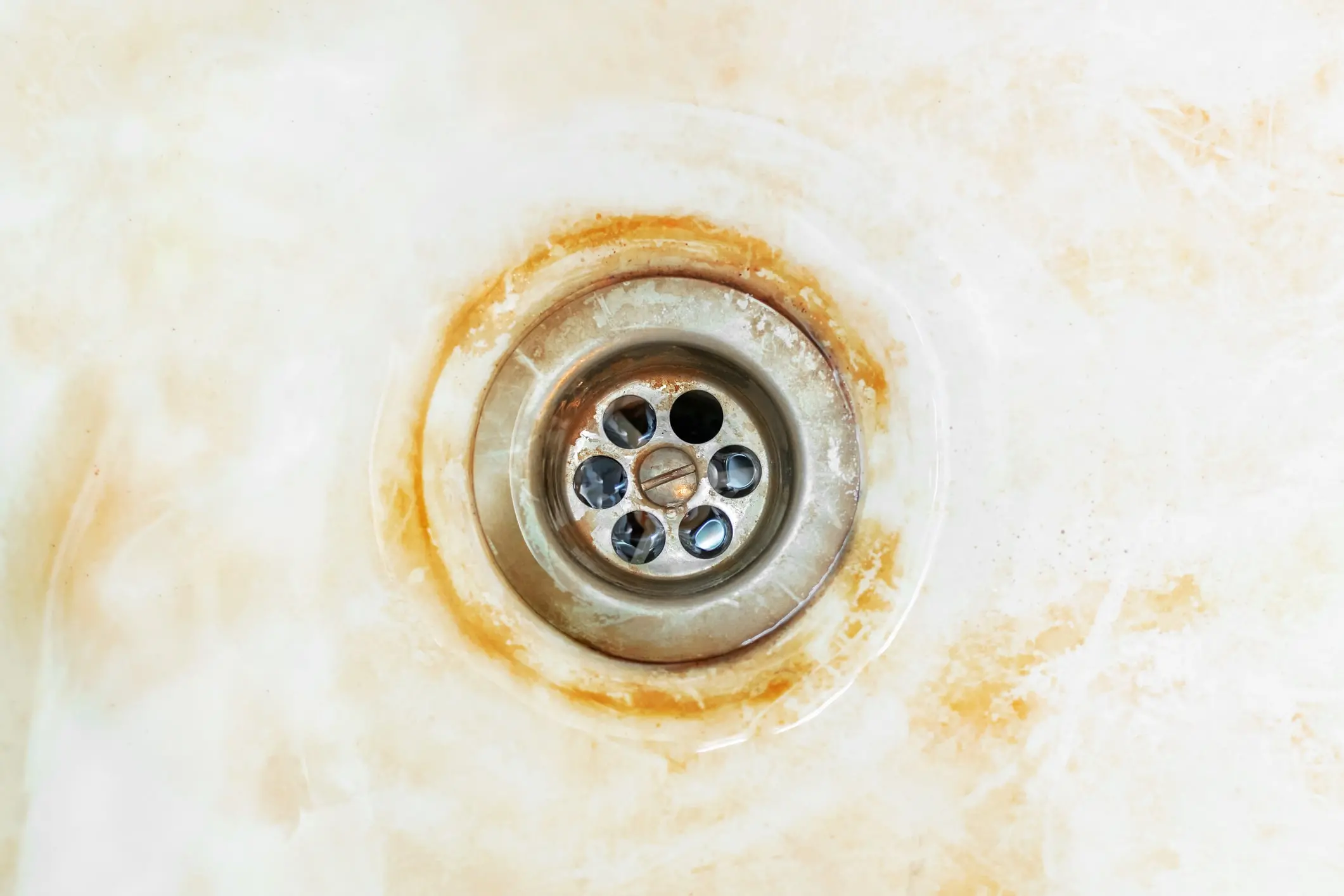What To Do If Your Water Is Staining: A Guide to Clean, Clear Water
We’ve all been there. You turn on the tap, expecting to see clear water, but instead, it’s tinted with a faint rust or blue-green hue. Over time, you might even notice unsightly stains on your fixtures, laundry, or dishes. Water stains can be a nuisance, but fortunately, they’re often treatable. As advocates for pure and clean water, our goal at Flotilla is to guide you through the causes of these stains and provide solutions to restore the clarity and quality of your water.
Understanding the Causes of Water Staining
- Iron in the Water: The presence of iron in your water can result in reddish or brownish stains. These are especially noticeable on white porcelain or light-colored clothing. Iron can make its way into your water through the corrosion of underground iron pipes or from natural sources in the ground.
- Copper Corrosion: A blue-green stain typically indicates the presence of copper. This can happen if your plumbing consists of copper pipes which are corroding.
- Hard Water: Hard water contains a high concentration of minerals like calcium and magnesium. Over time, these minerals can deposit on surfaces, leading to white, chalky stains.
- Low pH: If your water is acidic, it can corrode metals which will then stain surfaces. This is often linked to blue-green stains from copper.
What Can You Do?
- Water Testing: Before you can treat the problem, you must first identify it. We recommend using a comprehensive water testing kit. This will not only determine the presence of iron, copper, and hardness but also provide information about your water’s pH levels.
- Water Softeners: If you have hard water, a water softener is your best solution. It replaces calcium and magnesium ions in the water with sodium ions. Not only will it prevent staining, but it can also extend the life of your appliances and make cleaning tasks easier.
- Iron Filters: For those plagued by the woes of iron in their water, iron-specific filters can be an excellent solution. These filters use a process called oxidation to remove the iron content before it reaches your tap.
- Acid Neutralizers: If your water has a low pH, meaning it’s acidic, you should consider installing an acid neutralizer. These systems will balance the pH of your water, thus preventing corrosion and the resultant staining.
- Copper Pipe Replacement: If you’ve noticed a significant amount of blue-green stains, and your water test indicates high levels of copper, it might be time to consult with a plumber about replacing some or all of your copper plumbing.
Maintaining Your Water Quality
Once you’ve addressed the primary causes of your water staining issues, it’s crucial to maintain the quality of your water. Here are some steps to keep your water clear:
- Regular Testing: Make it a habit to test your water annually. This will help you stay ahead of any emerging issues.
- Maintenance: If you’ve installed water treatment systems like softeners or filters, be sure to maintain them regularly. Check the manufacturer’s recommendations.
- Be Observant: Keep an eye out for any changes in your water’s taste, smell, or appearance. This could indicate new or re-emerging problems.
- Consult the Experts: Don’t hesitate to reach out to professionals if you’re unsure about the quality of your water. They can provide guidance tailored to your unique situation.
In Conclusion
While stained water can be concerning, understanding the causes and solutions empowers homeowners to tackle the issue effectively. Clean, clear water is not just about aesthetics; it’s vital for our health and the efficiency of our home appliances. By taking proactive steps, you can ensure that your water remains pure and stain-free.
At Flotilla, we’re passionate about providing households with the best water possible. If you have any questions or need advice on water filtration solutions, feel free to reach out to us. Remember, every drop counts!


